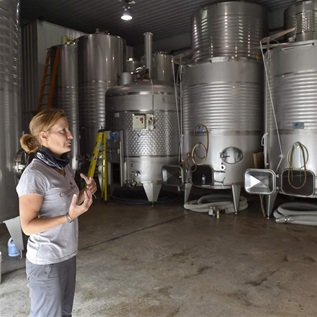Emergency Expenses Can Decimate Retirement Savings
‘Sidecar’ plans could allow workers to put money aside for both
Many American families don’t have the liquid savings available to deal with the cost of the typical household’s most expensive financial shock—about $2,000, according to research by The Pew Charitable Trusts. And that too often means they tap tax-deferred retirement savings when faced with emergency needs. But early withdrawals from these accounts not only reduce savings and future earnings but also often bring tax penalties, making them an expensive way to cover shortfalls. These issues can confront anyone who lacks financial slack in their monthly budgets, including higher-income earners.
Today, however, experts and advocates are examining a novel potential solution to this issue: retirement savings “sidecar” accounts that would use existing retirement accounts as platforms to build savings for these irregular expenses. Pew recently brought together stakeholders, industry professionals, and regulatory experts to discuss the merits, feasibility, and challenges of sidecar accounts. In this analysis, we outline some of the ideas and issues raised in that conversation.
A sidecar is a relatively accessible, small-dollar account funded, along with a traditional workplace retirement plan, through payroll contributions. Ideally, contributions would continue until reaching a specific savings threshold at which point funds would flow only to the retirement account. Money in the sidecar could be withdrawn without penalty in the event of a financial shock, leaving the retirement savings to grow. If the sidecar balance is depleted, a portion of contributions would again be directed to the account until the set savings level is restored.
The proposed accounts would differ from existing approaches—such as traditional savings accounts with split payroll contributions—in several important ways. First, supporters of sidecars note that while roughly 3 in 4 Americans already have a savings account, few regularly contribute or take advantage of split payroll features because of the effort required to do so. Sidecars would address this reality by co-opting pro-savings features already used to great effect by many employers. For example, automatic enrollment of new employees—with the ability to opt out—has dramatically increased participation rates in workplace retirement plans. And payroll contributions make funding retirement plans effortless for employees.
Second, unlike traditional general purpose savings accounts, the sidecar would be explicitly designed to bridge short-term liquidity needs caused by financial shocks. Psychological research has shown that separating savings specifically for emergencies can keep people from tapping those funds for other purposes.
Sidecar accounts also could appeal to employers. In a 2016 survey by the International Foundation of Employee Benefit Plans, 82 percent of business executives said personal financial issues at least somewhat affect workers’ overall job performance; 37 percent said these issues have a big impact. Sidecar accounts could help employees avoid payday loans or other high-cost credit, possibly helping to improve their financial outlook and productivity while reducing absenteeism.
Policymakers would need to determine the most effective way to structure these accounts. There are two basic approaches, both of which involve after-tax contributions. First, the sidecar could be part of a retirement plan that allows workers to make contributions to a designated account. The second would be to include the account as an element of an employer-provided payroll card, which would operate like a debit card, or a specialized savings account separate from the retirement plan.
Each approach has its advantages and challenges. For example, sidecars within retirement plans would have to meet robust regulatory requirements that could limit their simplicity. In addition, the earnings generated could pose tax issues at withdrawal. On the other hand, the legal authority to automatically enroll plan participants in separate savings accounts outside of their retirement plan does not exist. And figuring out how to coordinate between the two accounts to facilitate automatic funding and threshold savings levels could prove difficult.
Proponents of sidecar savings products are seeking ways to help Americans both save more and grapple with household financial security issues. Sidecar savings could be an elegant solution to a persistent problem, although the plans still face legal and logistical hurdles. Crafting an approach that lives up the promise will require legislative support and the involvement of leaders in the financial industry.
John Scott directs The Pew Charitable Trusts’ retirement savings project and Andrew Blevins is a senior associate with the project.








